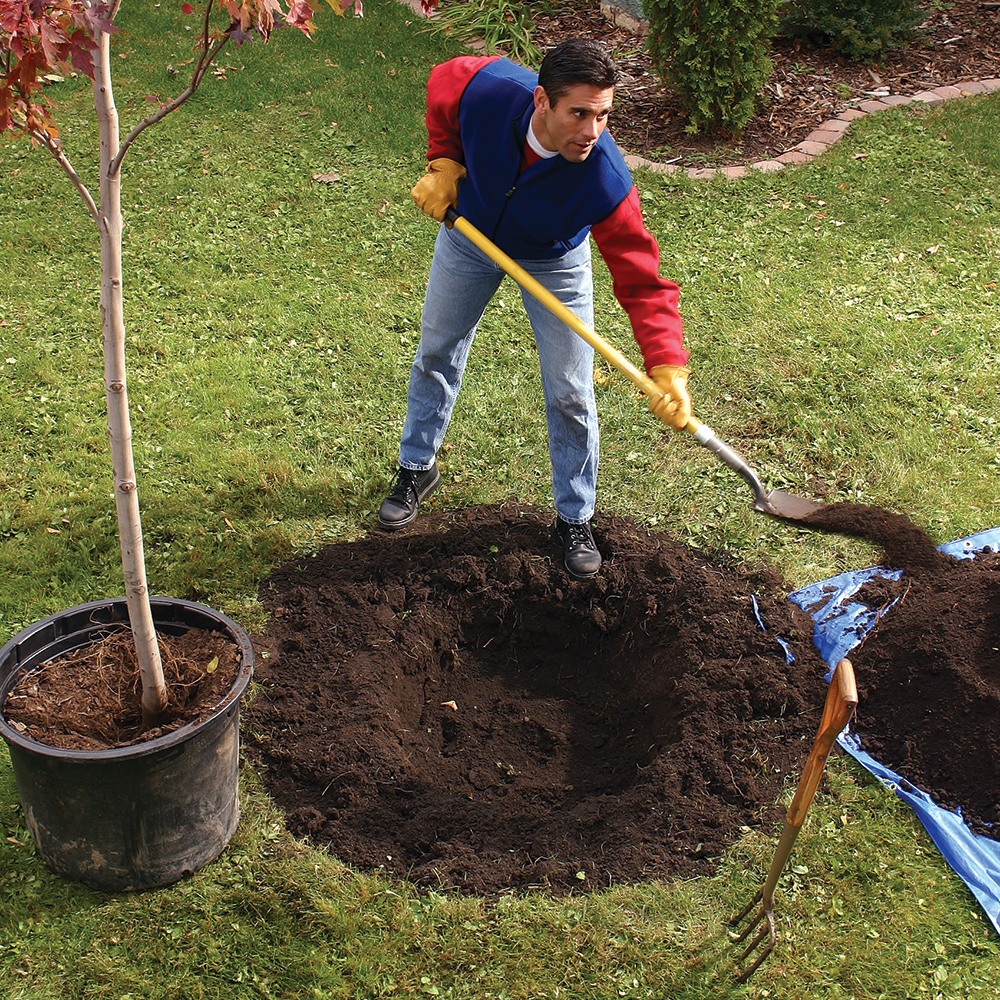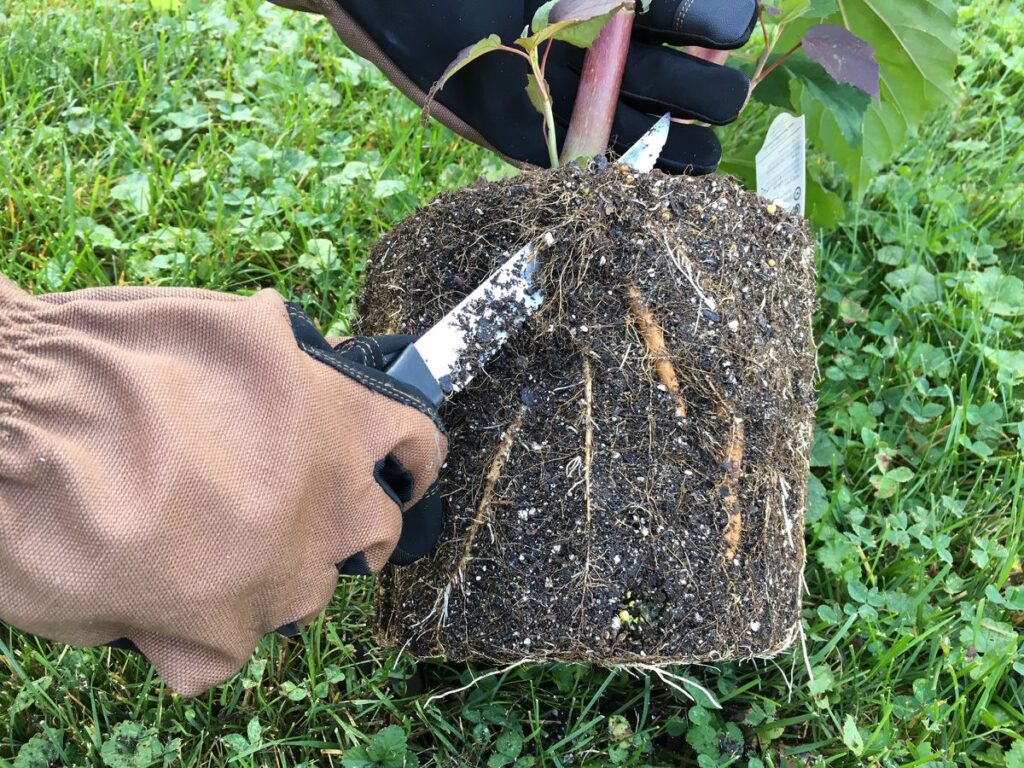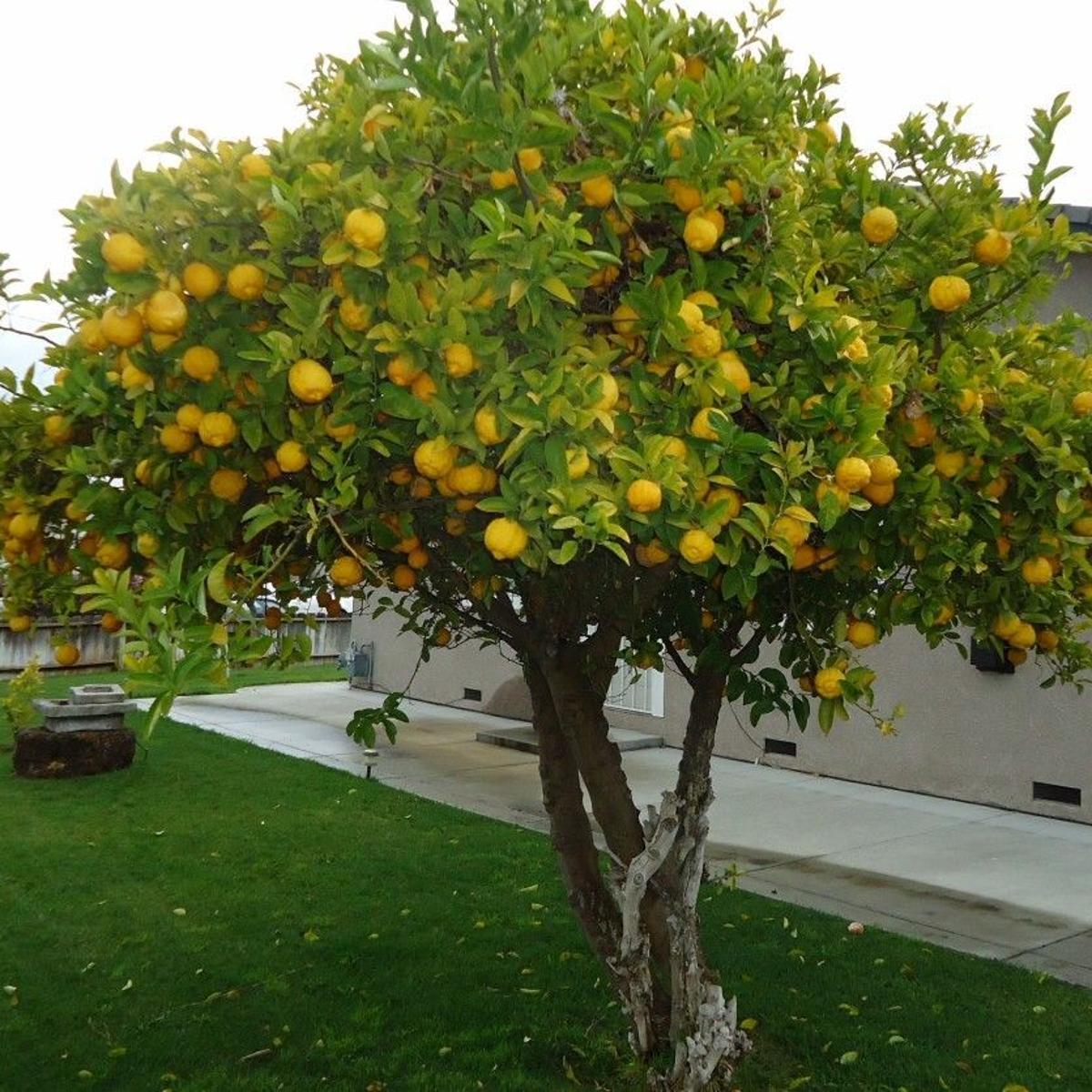A Lemon tree has one of the most manageable fruits you can grow at your home with a rewarding experience if you fulfill its prerequisites on how to grow lemon trees.
Lemon trees are susceptible to cold weather conditions, even more than other citrus hybrids. So you need to know the requirements that will help your tree thrive and grow well.
Lemons are rich in Vitamin C, citrus acids, a great source of a healthy life.
When you have a lemon tree in your backyard, you will have many health privileges; you can also use lemons for flavoring your meals and drinks.
So what do you need to grow this rewarding plant?
Here are the factors to consider on how to grow lemon trees;
Wondering how to grow lemon trees, here is the guide on what to look out for as you plant it;
1. Location is essential on how to grow lemon trees
It would help if you planted a lemon tree in a place that will be a favorable location where it will thrive. Put your lemon tree container on the south side of your home to protect it from any winds from the North.
If you are in a cold area, place your lemon plant indoors because the plants are cold-sensitive and won’t grow well.
2. Full sunlight helps you on how to grow lemon trees
When you wonder how to grow lemon trees, the answer Is the tree needs full sunlight between 6-8 hours each day for proper growth.
If you’re cultivating a lemon tree indoors, you need to put it outside to access the sun, which will bloom.
Warm temperatures help the tree grow healthy, at least not below 50°F.
3. Well draining soils
Another way on how to grow lemon trees is ensuring good soils. Loamy and light soils can quickly drain the water and keep the grounds moist.
The surface also needs to be a little acidic to balance the pH levels. Ensure the hole is more shallow than the length of the football.
4. Water sufficiently while progressing on how to grow lemon trees
Watering is another way of how to grow lemon trees well and is essential for the growth of a lemon tree, so you need to keep the soil moist since that’s what lemon trees enjoy.
Ensure deep watering slowly using a horse pipe, and you can do it at least once a week.
5. Pruning is key on how to grow lemon trees
While learning how to grow lemon trees, you need to prune the tree in its second year to help shape the tree the way you want.
It would help if you cut off any overgrown branches, diseased, or weak limbs that might affect the plant’s development.
6. Fertilizers are important in determining on how to grow lemon trees
If you are progressing on how to grow lemon trees, fertilizers are essential. Put the fertilizers around the tree trunk to give it enough nutrients rich in nitrogen, potassium, and iron.
Your tree will bloom, fruit, and grow steadily within the right time.
Lemon tree growing indoors.

Lemon trees make excellent houseplants and so planting them in containers makes them comfortable. Containers provide proper drainage and room for a lemon tree so long as you re-pot it when it outgrows the small pot and put it in a larger pot.
Keep indoor lemon trees at a height of 3 to 5 feet. Indoor lemons also need well-draining soils and pots, so you need to water appropriately and not keep the surface dry.
Indoor lemons need about 55°F at night and 70°F during the day because the tree will go into dormancy in colder climates.
Indoor lemon trees also require sunlight, so you need to put the container outside at least for 6-8hours a day. Or, if it’s in the winter season, you can use grow lights to brighten it up and increase their chances of bearing fruit.
Indoor lemon trees may not get bees or other insects for pollination; you might have to put the tree outdoors for pollination to take place. Or else use hand pollination and transfer the pollen grains with a paintbrush carefully.
Propagating for lemon tree cultivation
Most lemon trees are best in containers if you are growing for home consumption. If you purchase a young tree from a nursery, you can plant it in a small pot since it’s less than one year.
You can propagate lemon trees through
- Cuttings
- Seeds
- Air layering.
The propagation methods of a lemon tree depend on the variety. You can find the best process that works best in your area.
1. Growing lemons through the seeds
Propagating lemons through seeds is an easy way though it needs more patience as you might not get the same yields as the parent lemon.
Pick the seeds from a pulp, wash them to remove all the juices and sugar but don’t leave them too long to dry out because they might not germinate.
Put the seeds in a potting mixture in a container and push them at least an inch deep. Ensure proper watering, sunny location, and fertilizing of the soils. Cover the pot with plastic wrap.
2. Growing lemon trees from a cutting
Propagating lemon trees through cutting is to put together a disease or hard rootstock together with another tree, and it develops new buds. You take a cutting from the tip of a healthy young stem and choose the rootstock.
After having the cuttings, you graft the two, tie them, and make a single tree. Place the graft union into a container with a soil mixture and water it to keep it moist.
Grafting will bear very nice fruits because you are joining two cuttings from different root stocks. It once will give the other it’s hard characteristics.
How to grow lemon tree faster
When you want your lemons to grow faster, the secret is giving it the proper care. The conditions in which you are growing the lemons are favorable for them.
Lemons do not require high temperatures, so they are easy to grow in frigid atmospheres. Proper growing conditions encourage a lemon tree to grow suitably.
Lack of sunlight, underwatering and poor drainage and general lack of care slows a lemon tree’s growth, reducing fruit production.
1. Plant a one-year-old nursery tree
Planting this kind of lemon tree helps it grow faster because it’s already establishing its roots. It will produce more actively. The already growing tree will be quickly in its production of blooms and fruits.
2. Please place it in a Sunny location.
Since lemon trees love enough light, you need to place it in an area with direct sunlight, and that is the south side of your window or house, and the lemon tree will grow faster.
The place also needs to be well-draining, and you need to take this first. Dig a hole and pour water in it; if the water drains into the soil, then the place has enough drainage.
If the area isn’t well-draining, you need to build a planting bed and increase its soil levels.
3. Clear the place where you plant the lemon tree
If there are any weeds, clear them to reduce how they take away the lemon tree’s nutrients hence having your tree enjoy its nutrients by itself and growing faster.
4. Fertilize the lemon tree
Ensure to add fertilizers rich in nitrogen, and it’s best to do it each month from spring to summer, especially in the first year of the lemon tree’s growth.
The fertilizer needs to be even over the ground above the tree’s roots. Your lemon tree will grow faster when it’s healthy and energetic.
5. Water the lemon tree
Watering is essential for a lemon tree when you want it to grow faster. Whenever you water the soil, it will remain moist, but you need to pay attention to the weather conditions.
If it’s a dry season, you need to water the tree more often than when it’s a winter season where you will need first to check if the soils are dry and then water again.
6. Avoid pruning for a young lemon tree.
When a lemon tree is not yet mature, it will need to grow independently without pruning its branches hence having it grow faster. Whenever you remove the limbs, you are slowing down a tree’s growth.
And in case you choose to prune a mature tree, please do it in late summer or fall to avoid the development of new branches, which will be sensitive to cold weather damage.
Growing lemon trees in pots
Pot lemon trees are a good option, mostly when you have limited space and live in a cold climate. You get to give your tree a favorable environment though you have no room.
Pot lemons might not become as large as the lemons in the ground. Dwarf varieties are the best for lemon.
Here are the best pot lemon container;
- Meyer improved dwarf lemons
- Lisbon
- Ponderosa dwarf
The pot needs to have drainage holes to enable water to drain correctly and not make the soils wet.
A potted lemon tree needs consistent watering; otherwise, its leaves fall off if the tree dries out.
Fertilizing container lemon trees is also essential to keep the tree healthy and bestowing it with nutrients.
However, container lemon trees are prone to problems like developing sucker branches, more vulnerable to cold and hot weather conditions.
How to plant a lemon tree in the ground
What to look out for before purchasing a lemon tree?
1.Pick a tree with no fruits to have all its energy on producing its leaves and establishing the roots.
2. A tree with roots on the top will thrive in the ground, so you need to look out for those small roots.
Steps of planting a lemon tree in the ground
Are you moving a lemon tree from a pot to the ground? The process is known as transplanting a lemon tree.
1. Dig a hole

When you plant a lemon tree in the background, dig a broader and deeper spot than the pot’s diameter in which you bought the plant. Dig using tools such as a shovel to make the hole.
2. Make a potting mix
Have a mixture on the side of potting soil, with composts such as mushroom compost, chicken manure to have a good rich organic soil for the lemon tree you are yet to plant.
3. Add some water to the hole
After digging the hole, add the soil mix with the organic compost and then water it to moisten it. Please make sure you water it lightly, not deep watering at this point.
4. Bring the root ball

Take some of the old roots out of the root ball, make sure it’s a little smooth, and place it in the hole. Get some of the soil and fill in around the plant, add the soil mix, and cover till the plant has no open gaps. Tamp the soil down carefully.
5. Water the soil again.
After planting the lemon tree, water the plant to enable it to stabilize in the ground, you will also keep the soils soft and moist.
Ensure to water the plant before it completely dries out to prevent leaf drop. Once a week, watering is fair enough for the tree. Do not water if the soil is still wet, or else the roots will rot.
6. Fertilize every 6months
Make sure you add fertilizers every six months if the soils are infertile. It helps the tree get more nutrients to support leaves, blooms, and finally, fruits.
Give the tree proper care to a lemon tree once you plant in the ground, and you will have smooth growth, blooming, and the plant will start producing fruits after 3 three years.
Lemon tree care outdoors
Outdoor lemon trees are more like the ground plants, so the steps you take are almost the same when growing this tree.
Caring for an outdoor lemon tree is easy because the tree has free access to light and sun.
1. After planting your outdoor lemon tree, ensure proper and regular watering to keep the soils moist.
2. Fertilize the soils since lemons are heavy feeders during the growing season.
3. Pruning is occasional whenever the lemon tree develops long, heavy, dead, and diseased branches to gain its energy.
4. Ensure to harvest lemons when they are ripe and make sure it’s the right time. Do not leave plump fruits on the tree, which might damage the limbs.
5. Wrap outdoor lemons during the winter to protect them from freezing temperatures, which might freeze the fruits or make the tree dormant.
Types of Lemon trees
1. Eureka Lemon
This type of lemon came in seed form from Italy to the US in the 19th century. It grows in warmer states and can not sustain temperatures lower than 20°F because it will get damaged.
Eureka lemon sustains container growing and requires plenty of suns to thrive. It is attractive to grow, has a bronze color while still young, and when it gets older, it becomes light green. Its flowers are white and purple.
Eureka doesn’t have a dormancy period so that it can produce fruits all year round. It has a yellow, green pigment while it starts to grow and when ready and ripe becomes bright yellow.
2. Pink Variegated Lemon tree
This lemon has low seed fruits with glossy and ovate leaves rippled in random patches of creamy yellow. This lemon variety is most common during the spring and summer.
The young fruit has a unique green striping, and when the lemons get ripe and mature, they get a solid yellow color, and the inner flesh is pale pink and a pink flower.
Pink Variegated lemon tree is also year-round in producing fruits, and it’s common to use it for cooking.
3. Lisbon Lemon
Lisbon lemon grows under the right conditions up to 30 feet tall and 25 feet wide. If kept in a container, Lisbon lemon grows 15 feet tall.
Its origin was Portugal and has been in the US since the 1840s, and currently, the type is common in California. The tree produces juicy fruits with fewer seeds.
Lisbon lemons also bear fruits all year long. The significant harvest period is in the spring and winter when the fruits are in abundance. It has glossy and green leaves, and the blossoms have a pleasant fragrance.
4. Meyer Lemon
Research shows Meyer lemon is not a real lemon but a hybrid between a lemon and a sweet orange and originates from China.
It has a small tree that grows up to 10 feet tall, making it a dwarf variety and ideal for container growth. When the lemons are ripe, the color is typically yellow, and its skin is thin.
This type of lemon is more common because of its fragrance than Eureka and Lisbon lemons.
Meyer Lemon has sweet juice than other varieties and has more seeds.
Meyer lemons can produce fruits at two years if you propagate them by grafting and if you grow them by seeds, they take about four years to bear fruits. Its flowers are purple and white and have an intense scent.
5. Primofiori lemon
This lemon hails from Spain and now in the US. The tree has large leaves and dense foliage; its fruit produces a pale yellow with a thin and smooth pigment. The fruit is small in size, round, and sometimes oval.
Primofiori lemon is somewhat similar to Eureka lemon tree only that the latter is thorny than the former.
It’s a heavy fruit producer and can bear fruits while two to three years old. The main harvest is during the winter season, and throughout the year, you can have small crops.
Primofiore is suitable for container growth, and you can keep the height of the tree at five feet.
6. Vema Lemon
Vema lemon is a native to Spain. It’s also known as Berna. This lemon does not contain much juice and has a thick bark, so it’s not so attractive for consumption.
However, the tree itself is attractive because it grows large, and it’s also suitable for container growth. The fruits are bright yellow and have a medium size and sometimes are large.
Do lemons trees grown from seed produce fruit?
When you plant a lemon tree from seeds, the chances are low that they will produce the best fruit, or you will have to be patient.
If the tree produces fruit, it will be after about four years, and when it does, the fruits will be different, and you have to consider them as a whole new variety.
Bottom line
Growing lemon trees is straightforward, so long you choose whether to grow them indoors in a pot or outdoors. The formula is simple: take care of your lemon tree, yield good results for you.
